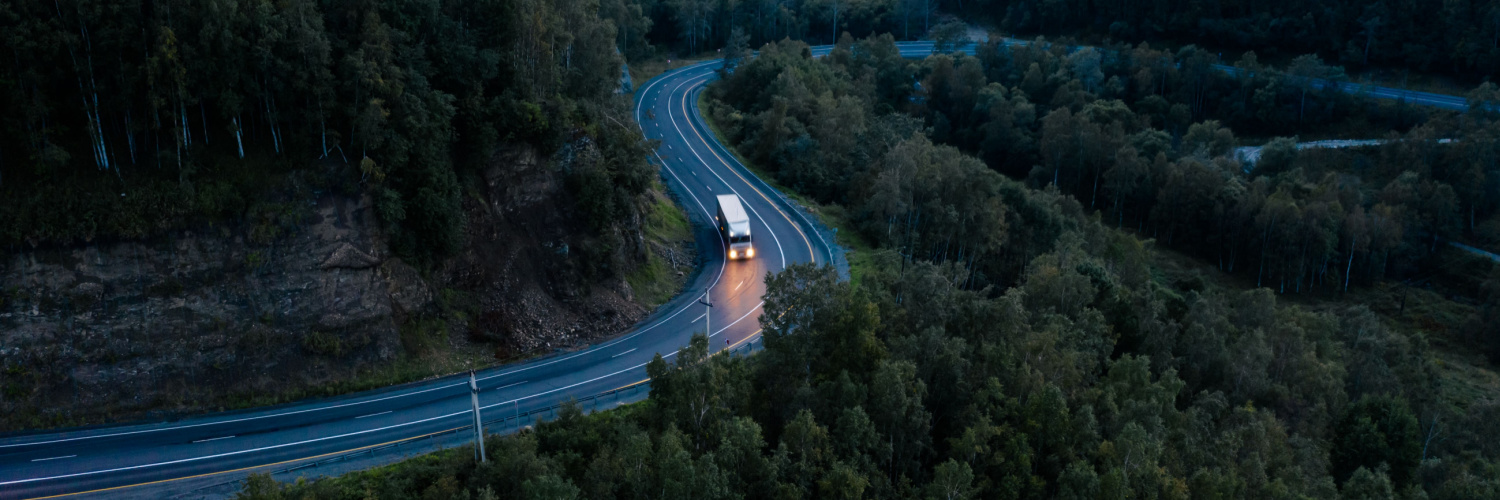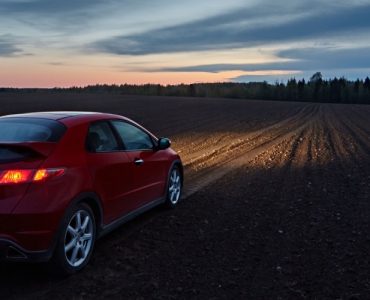Getting ready for a road trip is all about the excitement of new adventures, but it’s crucial to think about safety too. Unexpected things can happen, whether you’re driving through beautiful landscapes or city streets.
This guide will walk you through road trip safety tips and preparations to make sure your road trip is not just fun but also ready to handle any unexpected issues. From what to keep in your car to having a plan for emergencies, let’s talk about how to get ready for a safe and enjoyable journey.
Contents
Moreover, with Yolcu360 car rental options, you can easily rent many brands of cars in minutes.
Make Sure Your Car Is Road Ready

Make sure your car is in good shape to avoid getting stuck on the road with your family. Get the oil changed, check the coolant, battery, hoses, belts, brakes, wipers, and heater. Also, check the tire pressure and make sure the treads are good for better control in different road conditions.
Verify Insurance Coverage
Check your insurance policy to see if it covers roadside assistance, towing, or a rental car if your car breaks down or you have an accident. Make sure your insurance cards are up-to-date and keep them in the glove box along with any emergency contact numbers.
Don’t Forget About Tires

When you’re taking care of your car, don’t forget the tires. Use the penny test to check if there’s enough tread, and make sure to keep an eye on the tire pressure before and during your road trip.
Prepare for Emergencies
Keep an emergency kit in your car. Include things like a warm blanket, winter socks, gloves, non-perishable food, bottled water, a first-aid kit, a flashlight, and batteries. Also, have an ice scraper, a small shovel, a snow brush, jumper cables, and warning triangles or emergency flares in there.
Plan Your Route

It’s a good idea to plan both your main route and a backup in case of detours due to winter weather, accidents, or unexpected events. Check online for services at different exits or set up your GPS in advance. Estimate how long your trip will take, including stops for gas and food. Remember to take breaks for fresh air to stay alert and avoid accidents caused by drowsy driving.
Keep the Kids Entertained
Bring a portable video player with headphones and pack different movies. You can also bring handheld gaming devices, toys, books, or enjoy family activities like singing along or playing animal spotting games to avoid getting bored.
Drive Slowly & Defensively

On a long road trip, you might feel tempted to drive faster to save time, but it’s risky. Speeding makes it harder to stop and react to what’s happening on the road. Plus, it burns more fuel, meaning more stops at gas stations and a more expensive trip. The small time you might save by speeding isn’t worth the dangers and downsides.
Remove Distractions
Especially for young drivers, distractions can be a big problem on long trips. If you have someone with you, let them handle things like directions, snacks, and entertainment so you can focus on driving.
If you’re alone, consider using a dashboard mount for your phone to check it without looking away from the road. Also, keep any potential distractions out of easy reach, so you’re not tempted while driving. Remember these tips, and you’ll get to your destination safely!
Have Someone in the Car for Help

We love using Waze and Google Maps for navigation. These apps can help you avoid traffic, give updates on travel time, and warn about road hazards. But, for safety, it’s important to keep your hands on the wheel and eyes on the road. Instead of doing multiple things, let a passenger handle navigation and choose the music or podcasts.
If there are multiple people who can drive on your road trip, take turns. Let everyone have a chance to drive and relax as a passenger. It’s good for everyone’s stress levels and makes the weekend more enjoyable.

Remember, traffic can be heavier than expected, especially near attractions or vacation spots. Holidays bring more people on the road, including motorcyclists and pedestrians. While they have the same rights as other drivers, they are more vulnerable because they don’t have the protection of a car or truck. Give motorcycles more space—about 3 or 4 seconds.
Motorcycles are lighter and can stop faster. Always use your signals before changing lanes or merging so others can predict your moves.
Keep an eye out for pedestrians. Don’t just rely on your car’s safety systems; stay alert and watch for people walking.










Add comment